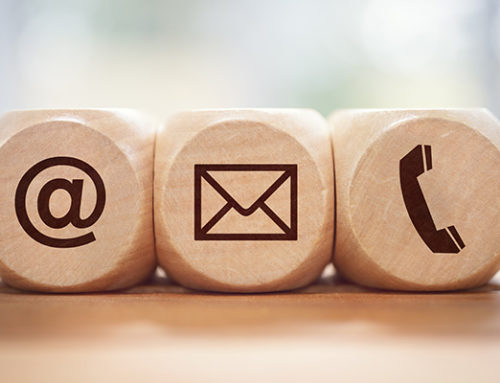 The digital age has left many wondering whether there is still a place for Direct Mail today. When compared to digital counterparts like email, Direct Mail is perceived as costly, inefficient, and slow.
The digital age has left many wondering whether there is still a place for Direct Mail today. When compared to digital counterparts like email, Direct Mail is perceived as costly, inefficient, and slow.
Ironically, the very technological advancements that have been perceived to threaten Direct Mail have given new life to this medium, enabling more creative, targeted, and personalized messages. And when used as a part of an integrated campaign that uses multiple channels, marketers stand a much better chance of creating offers that resonate with consumers and speak to their customers via their preferred method.
The challenge for many is identifying exactly how and when to use Direct Mail.
A recent article in targetmarketingmag.com wrote about “The 7 Purposes of Direct Mail” and helps identify the ‘new’ use of direct mail due to the changes in the ways we communicate.
Here are the 7 key drivers of why you still need direct mail today, as stated in the article:
- Acquisition Marketing: If you’re looking for new customers, it’s likely you don’t have their email address. If you have acquired a reliable email address, your chances of having any impact are slim. Direct mail can reach a physical mailbox that will get opened, in fact 98 percent of us open that mail box every day.
- Email Adoption: Regardless of the industry you’re in, it’s likely your client email list is small compared to your overall client list. Or experience has shown that a personalized direct mail piece, accompanied by a reward incentive to sign up, can yield up to a 35 percent response rate. If you need to grow your email list, direct mail can prove to be a great way to accomplish just that.
- Channel Preference: According to a study conducted by Epsilon, The Formula for Success: Preference and Trust, people still commonly prefer direct mail over email in almost every marketing category, including financial services, insurance and travel. Before you alienate your best customers, make sure you understand their primary channel of preference.
- Multichannel Marketing: Our own experience has shown that combining email and direct mail into a unified marketing campaign results in a three-times lift in response over using either channel by itself. Studies are coming out more and more frequently proving this to be true in many markets. Depending on the design of the campaign, the order and cadence of online vs. offline can impact the final response numbers. It’s critical to start small and test several combinations to determine the best mix.
- Migration: This category is about upselling, cross selling, bounce back and inactive motivators. For those clients that are flagged for very specific action, it is imperative that the message you send is guaranteed to not only make it to them, but to get read. This is one of the key areas of growth for multichannel marketing.
- Lifespan: How quickly do you delete solicitation emails before even considering them? If your direct mail piece makes it from the mailbox to the kitchen counter, it has already outlived most email messages. A properly designed mail piece, with a relevant message and properly timed to be in-home, has a very high likelihood of staying out of the trashcan long enough to be actionable. If you want your message to last more than 5 seconds, consider printed mail.
- Differentiator: The key differentiator of direct mail vs. online marketing is, of course, physical. You can change the size, shape, feel and even the smell of a piece to make it stand out from anything else that might be in the mailbox that day. Once it’s in the recipients’ hands, studies on neuroscience show that our brain actually fires more actively than if we are reading the same communication online. If you have a special event that needs to grab attention, direct mail can be the solution.






